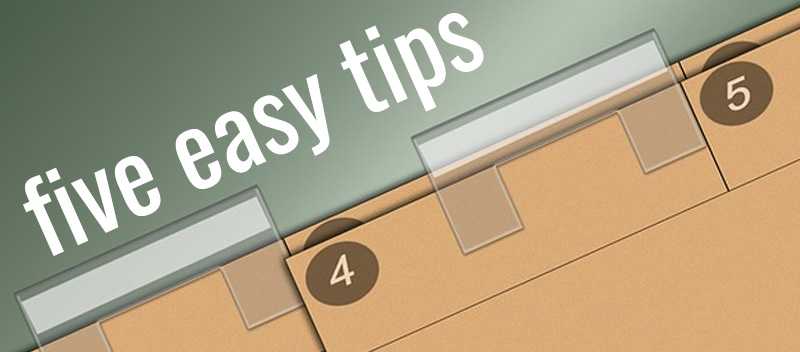The pressing challenge for IT firms in the Singaporean market today is to find out the best approaches for getting high volumes of sales appointments.
Actually, there’s not much science involved in it. It only takes common sense as revealed by Strategic Sales and Marketing, Inc. this featured list:
- Be logical: Don’t just ask for the appointment without offering sound logic as to why you and the decision maker should meet. You don’t want meetings just for the sake of meeting, and neither does your prospect. If you want to take up an hour of the prospect’s time, there needs to be a compelling reason (for the prospect) to do so. If you say, “I would like to set up a meeting so you can learn more about us,” there is not much of a reason there for the prospect to feel excited. Instead, it’s better to zero in on a problem that you can solve for the client.
- Be generous: On every appointment setting call, you need to put a carrot in front of your prospect. Give them some incentive to keep talking with you and to trust you. Your carrot should be in the form of valuable information. Offer to run a free report, review a document for them, research their issue, or get an expert opinion from someone in your network on a problem that the client is facing.
- Do your homework – Have the solution ready: If you are following step one (from above), developing “logic” means also doing your homework. The more you know about the prospect’s business before you start the appointment setting process, the better your chances of getting the appointment. If you are seen as a solutions provider (and not just a “sales person”) prospects will naturally want to meet with you.
- Be flexible: If the prospect wants to do a phone call instead of an on-site meeting, go with the flow. If the prospect wants to meet with you in 30 days instead of this week, book the appointment. If the prospect wants you to talk with one of his managers first, take the meeting and go with the flow.
- Don’t Close the Door: If you ask for the appointment and you get a “no”… don’t close the door. Instead offer to follow up via e-mail with key information that the prospect needs (plan in advance for this possibility). Then make a second attempt to schedule the appointment by using the information you sent in order to re-open the conversation. Many second chance appointments don’t happen because you didn’t put yourself in position to re-open the discussion.













